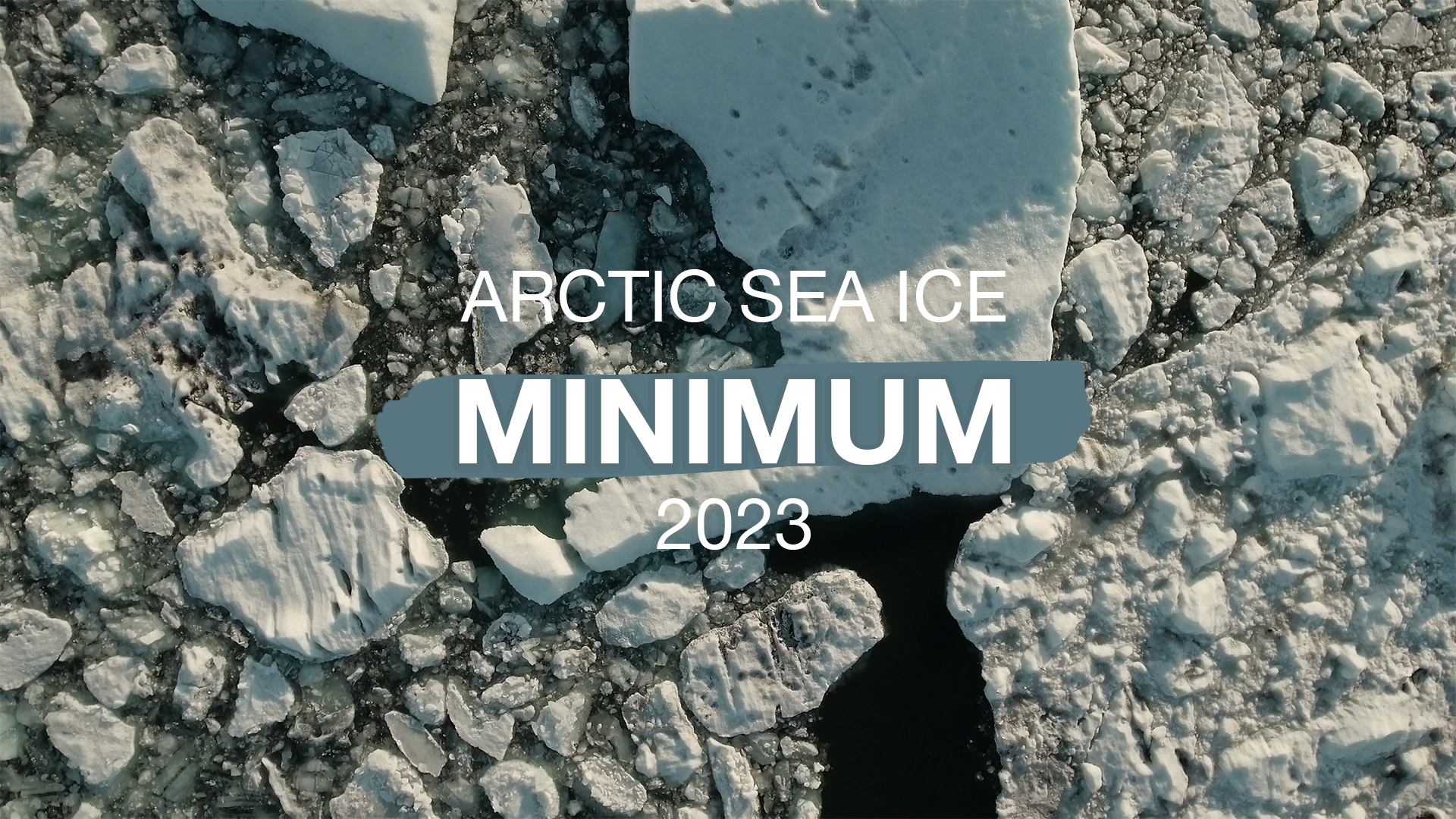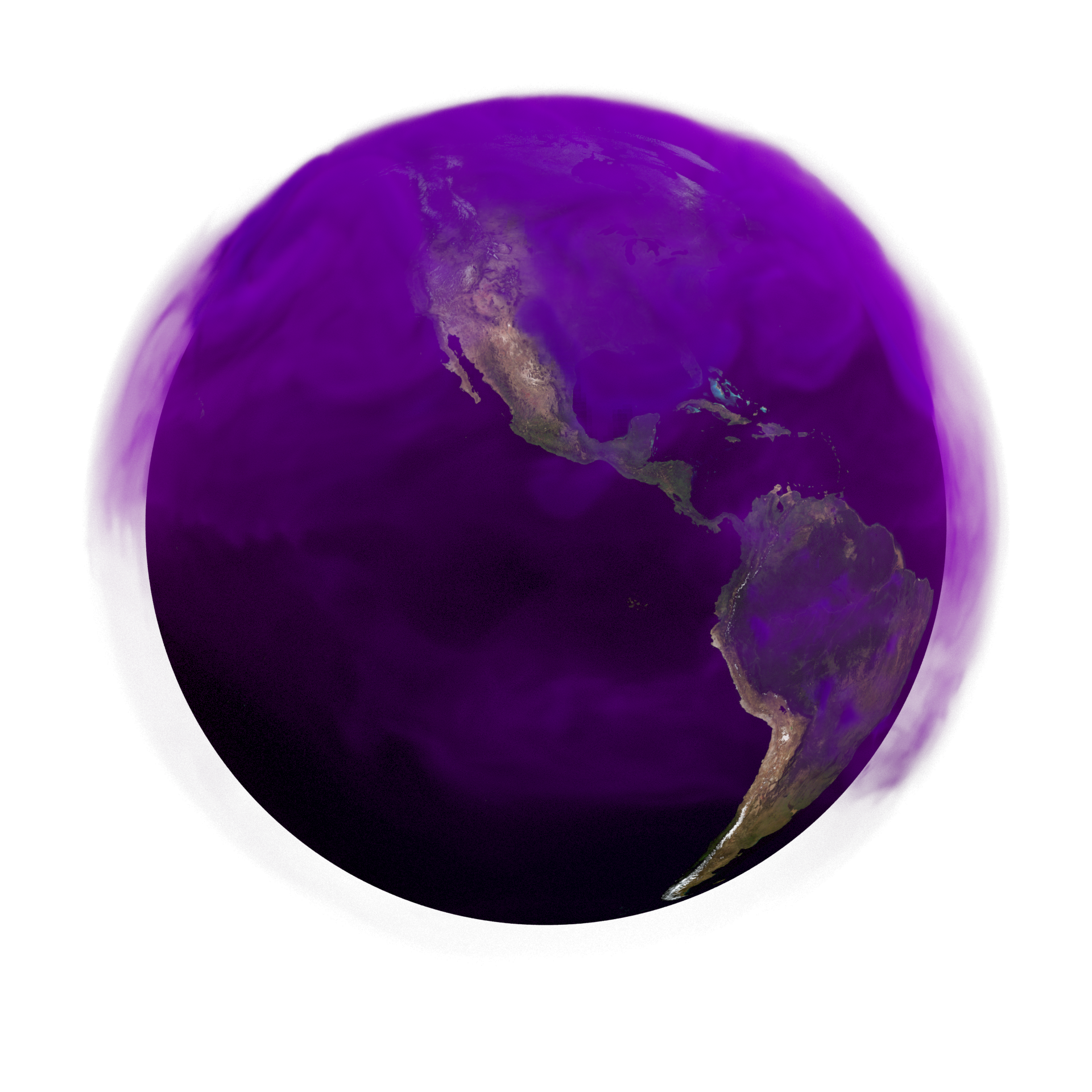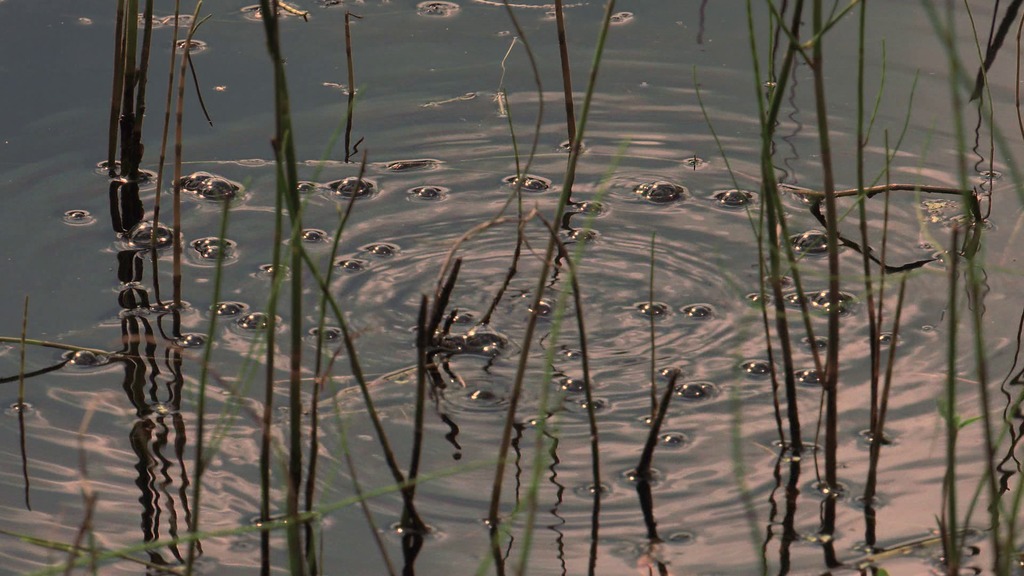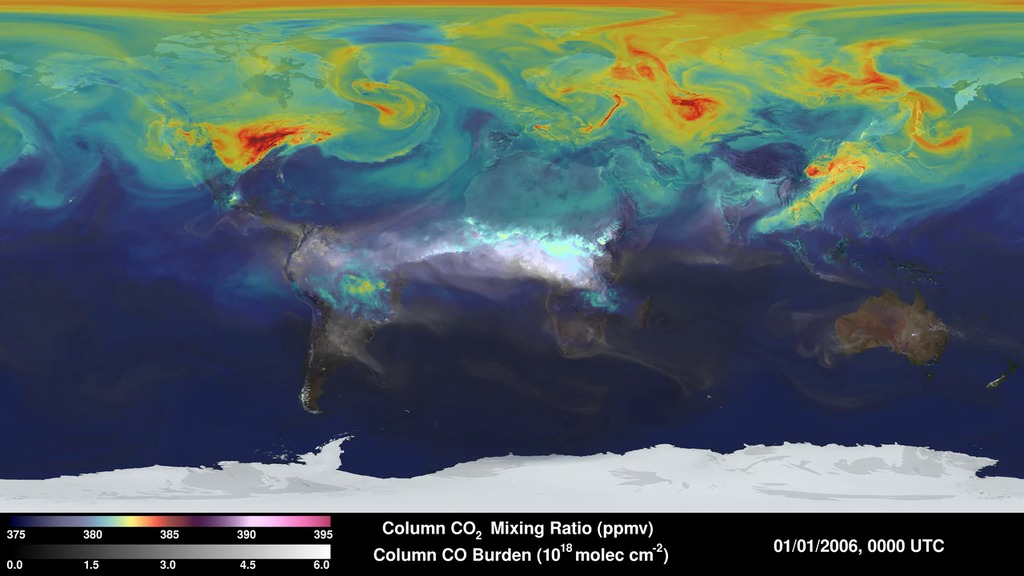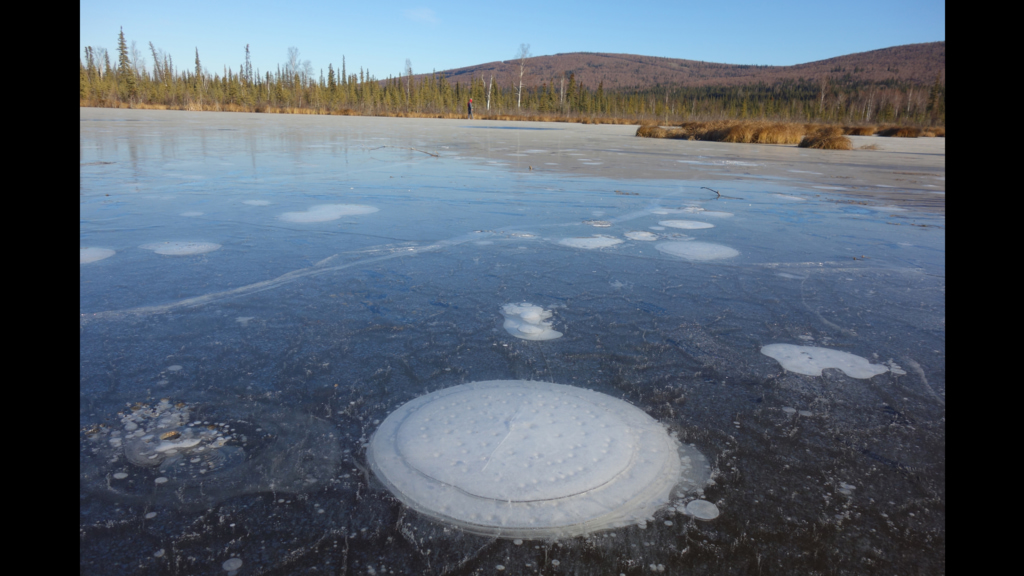New Arctic Lakes Could Soon Be a Major Source of Atmospheric Methane
For centuries, a massive store of carbon has been locked underground in the Arctic's permanently frozen soil known as permafrost. As Earth's climate continues to warm, that carbon has begun to leach into the atmosphere, the result of microbes waking up and digesting once-frozen organic materials.
A new NASA-funded study focuses on a mechanism that could accelerate the release of this atmospheric carbon, the result of thermokarst lakes. These lakes form when thawing permafrost causes the ground to slump, creating a depression that collects rain and snowmelt and perpetuates a cycle of further permafrost thaw.

Methane Bubbles in Alaska

Methane Bubbles in Alaska

Methane Bubbles in Alaska
Credits
Please give credit for this item to:
NASA's Goddard Space Flight Center
-
Producer
- Kathryn Mersmann (USRA)
-
Writer
- Ellen T. Gray (ADNET Systems, Inc.)
-
Videographer
- Jefferson Beck (USRA)
-
Scientist
- Katey Walter Anthony (University of Alaska Fairbanks)
Release date
This page was originally published on Friday, August 17, 2018.
This page was last updated on Wednesday, May 3, 2023 at 1:46 PM EDT.
